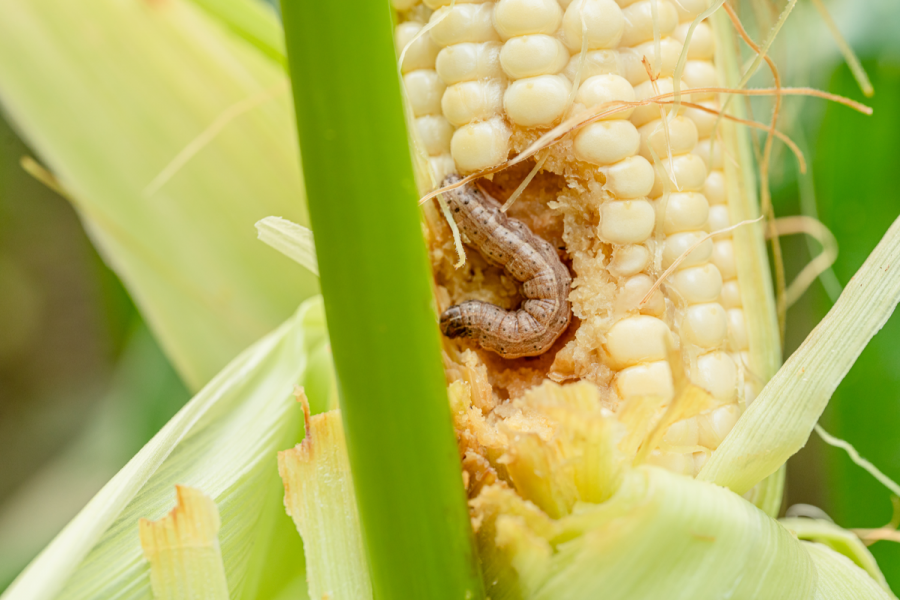About Database
FAW Transcriptomic Atlas offers a comprehensive exploration of the intricate molecular changes that occur in female moths of fall armyworm following mating. This extensive resource focuses on investigating the transcriptional changes, and gene expression patterns activated during the post-mating phase. It serves as a valuable repository of knowledge empowering researchers to unravel the secrets behind the molecular transformations underlying reproductive success in this important agricultural pest.
The data provided in our database serves as a foundation for researchers to further explore the functional significance of differentially expressed genes, validate their potential as targets and develop specific interventions tailored to the unique reproductive biology of fall armyworm. By deciphering the molecular intricacies of postmating changes, we aim to contribute to the development of innovative strategies for fall armyworm control management, ultimately safeguarding agricultural productivity and sustainable food production.
Importance of Knowledge on Postmating Transcriptional Changes
Understanding the postmating transcriptional changes in female fall armyworm is crucial for designing effective control strategies. After mating, female fall armyworm undergoes profound physiological and behavioral transformations that impact their reproductive success and life cycle. The changes in gene expression patterns and regulatory pathways during this period provide valuable insights into the molecular mechanisms underlying reproductive processes, including egg production, hormonal regulation, and pheromone production. By studying the postmating transcriptional changes, researchers can identify key genes and pathways involved in reproduction and develop targeted approaches for pest management.
Knowledge of these molecular intricacies enables the development of novel control strategies such as disrupting mating behavior, interfering with hormone signaling, or identifying vulnerabilities in the reproductive processes of female fall armyworm.By uncovering the secrets hidden within the postmating transcriptional changes, we gain the opportunity to develop more sustainable and environmentally friendly methods for controlling fall armyworm populations, reducing crop damage, and safeguarding agricultural productivity.

Loss caused by Fall Armyworm in different crops
Mean reported crop losses by FAW in different crops:
Reference: Overton K, Maino JL, Day R, Umina PA, Bett B, Carnovale D, Ekesi S, Meagher R, Reynolds OL. 2021. Global crop impacts, yield losses and action thresholds for fall armyworm (Spodoptera frugiperda): A review. Crop Protection, 45: 105641, https://doi.org/10.1016/j.cropro.2021.105641.
